
Thinking in binaries is the delight of a growing child. Isn’t the cat evil, through and through evil, with nothing good about it? And isn’t the mouse good, through and through good, with nothing evil about it? And what about the fairy and the demon? Cinderella and her ugly sisters? How sweet, how clear, how simple is this good-evil division, this stable dichotomy!
But children must grow up, and as they do, they move on and their faculty of discernment matures. So they begin to see spectrums of nuances, where sometimes the boundary between two constructed opposites begins to blur, when ‘good’ mingles into ‘evil’ and ‘evil’ into ‘good’, and they see that this happens in insensible degrees, thievishly. Then, sometimes it is difficult to decide on which side of the divide something is to be placed.
Recall Saadat Hassan Manto. Doesn’t he show us a flame of humanity, faint though it might be, flickering in the heart of even the most vicious, dreaded and scheming characters of real society? This introduces a complexity in Manto’s characters, and in our understanding of life and in our judgemental estimations. In ‘Toba Tek Singh’, it becomes difficult to decide who is sane and who is insane — are the inmates of the lunatic asylum real lunatics? Or are the real lunatics those outside the asylum? Such complexity disrupts our comfortable, childlike certainties and it is this disruption wherein lie our intellectual and moral growth.
Then we have Mirza Asadullah Khan Ghalib, for instance. He points out that the stars in the heavens appear to be so beautiful, glorious and glowing, and yet under their surface is dark chaos: “these tricksters (baazi-gar) deceive us manifestly!” So is the deception wrought by the river, a deception known only when one dives into the river’s underside — gentle and flowing on the surface, but carrying ‘fire’ in its depths. Appearances are often veils.
And yet ubiquitous around us lurk so many binary narratives, ideologically satisfying and fully determined narratives. So we hear, for example, that there are two kinds of Islam: Sufi Islam and the rigid, law-oriented Islam. On the one side of the hermetically sealed boundary are mystics and saints, eminently apolitical; on the other side stand madressah-trained ‘clergy’ and Sharia-mongering theologians. We are taught that Sufis have played a fundamental role in bringing communities together and in promoting humanistic goodwill, whereas Sharia vendors of the opposing side have torn people apart, functioning as divisive agents of bloodshed. Here we have the fairy-demon analogue.
In this readymade binary account, there is some truth — but only partial truth. In fact, the kind of neat taxonomy on which it is based is ultimately false, highly misleading and even dangerous. A massive number of Sufis, for example, were madressah products. The redoubtable Jalaluddin Rumi himself served as the head of a madressah. The distinction between a Sufi and a theologian darkens as we examine historical records. The Naqshbandi Sufis constitute a compelling case in point. They were political radicals and strictly ‘Sharia-compliant’; they didn’t even allow loud chanting and they discouraged shrine culture. Then there do exist Sufi orders where creedal differences are obliterated and where even the distinction between the Muslim and non-Muslim is thrown into obscurity.
More recently, we have the fateful case of the 19th century protracted Sudanese Mahdist Revolt, led by a committed Sufi of the Sammaniya order. Then, looming large in the century before is the grand figure of Shah Waliullah Dehlavi, for example. This formidable thinker claimed Sufism from the periphery of popular piety to the Muslim mainstream — he was at once a Sufi, a legist and a theologian, casting his lot among that dreaded community called ‘ulema’, the ‘clergy’. And who was Ameer Minai? Here we have a poet, a Sufi and a mufti, who is known for a daring eroticism in his poetry.
This binary is grounded upon a value judgement, that Persian is the good fairy and Arabic is the evil demon.
We often hear that things in South Asia were happy and local communities lived in mutual harmony till a Persian ethos was dislodged by an Arabic one. This binary is grounded upon a value judgement, that Persian is the good fairy and Arabic is the evil demon. But, then, what is the ground of the value judgement itself? We possess no historical basis for this judgement; it arises, so it seems, in a vacuum of historical and cultural knowledge, out of an impairment inflicted by epistemological dislocations.
The Persian, as we know it, is a post-Islamic phenomenon, often called classical Persian as compared to Pahlavi and early Modern Persian. Firdousi wrote his Shahnama in the latter. Note that classical Persian is ‘infested’ with Arabic vocabulary and idioms, and there is no getting away from it. And more, it is written in a modified Arabic script. Let’s note: the glorious Persian poetry of the Ghaznavid poet of Lahore, Masud Saad Salman, shows no signs of infancy; it emerges fully mature with hardly any consolidated local tradition of Persian verse to draw upon. How do we explain this maturity? Experts tell us that this is because of the Arabic poetic tradition that had bloomed in the Muslim world. This means that, among other things, the Arabic literary milieu provided to Persian poetry its earliest inspirations.
Another irony surfaces here. Recognised Urdu poetry until this day circumambulates around a few classical metres that were articulated as early as the 8th century by an Arab mathematician-lexicographer, Khalil ibn Ahmad of Basra. Yes, these metres have been recast, mixed and matched, given jolts and shocks, but they have remained resilient points of reference and departure, notwithstanding prose-poems. This is true as much of Mir Taqi Mir as of Noon Meem Rashid. So bashing Arabic is bashing the entire edifice of Urdu poetry in the binary zeal of a child.
The columnist is Professor of Comparative Liberal Studies at Habib University and Visiting Scholar at the University of Pennsylvania
Published in Dawn, Books & Authors, April 14th, 2019


















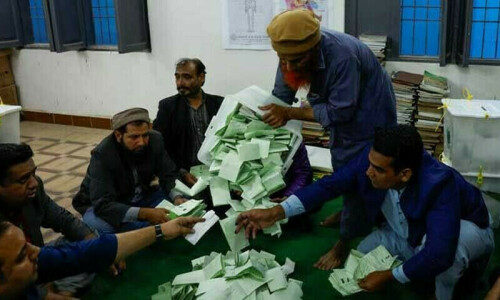
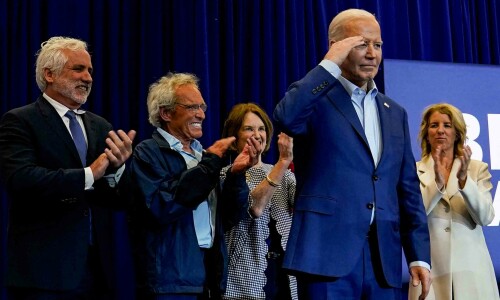
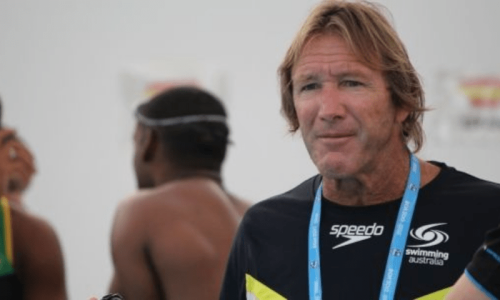
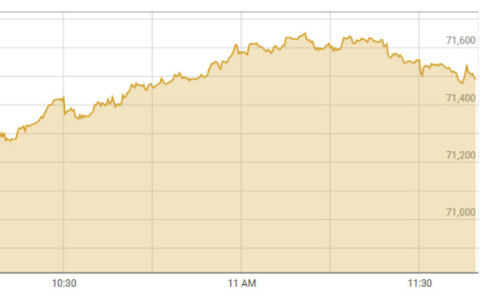




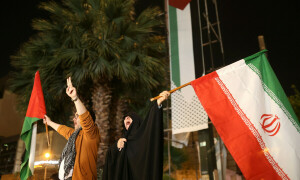
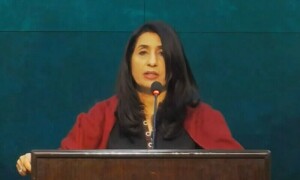
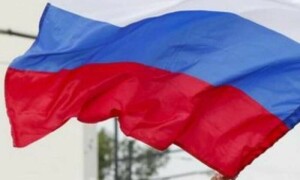
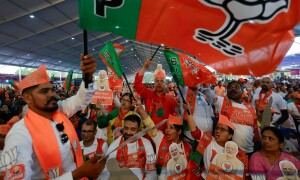
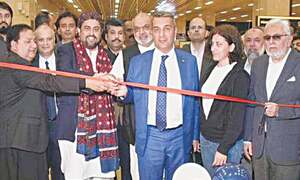


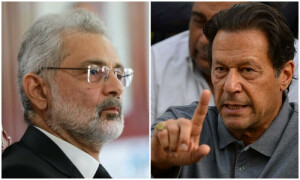













Dear visitor, the comments section is undergoing an overhaul and will return soon.